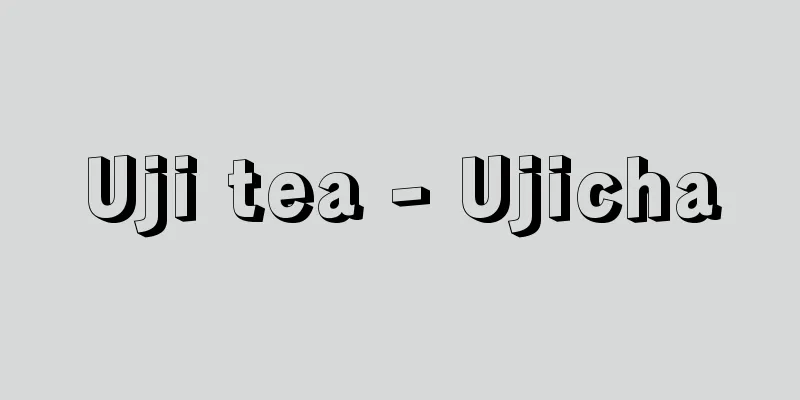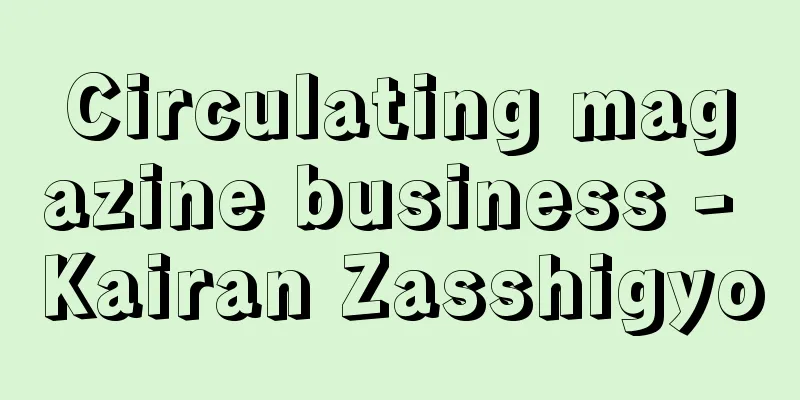Uji tea - Ujicha

|
Tea produced in the Uji region of Kyoto Prefecture. Uji has a long history as a tea producing region, produces high-quality tea, has excellent tea-making techniques, and is a representative tea producing region, so the name is synonymous with tea. Uji tea was first introduced from Toganoo by Myoe Shonin in the early Kamakura period. The monk taught that horse hoofprints are suitable for the spacing between tea plants, and a monument with the footprints of a horse remains. During the Muromachi period, Ashikaga Yoshimitsu put his efforts into opening tea gardens, which later became known as the Seven Gardens of Uji. During the times of Oda Nobunaga and Toyotomi Hideyoshi, Uji tea was protected due to its connection with the tea ceremony. In the Edo period, it continued to be presented to the Imperial Court and the Shogunate, and from the time of the third Shogun, Tokugawa Iemitsu, a tea jar journey for presenting tea was held. The tea master system was established and tea production was regulated. In 1738 (Genbun 3), Nagatani Soshichiro (Soen, 1681-1778) of Ujitawara introduced a new tea manufacturing method called Sencha. This method involves steaming the tea leaves and drying them while kneading them, and was the beginning of modern Japanese tea. In 1835 (Tenpo 6), Gyokuro appeared, which is said to have been invented by chance by Edo tea merchant Yamamoto Tokuo at the tea master Kinoshita Kichizaemon's in Ogura, Uji. Gyokuro is said to have been perfected later by Tsujiriemon. With its tradition as a producer of matcha and the creation of new tea manufacturing methods such as Sencha and Gyokuro, and its historical status as a tea producing region and high level of tea manufacturing technology, Uji is a representative tea producing region. Although the amount of tea produced is not large, it produces high-quality tea, and tea leaves from other producing regions are often imported, refined, and made into products. [Nobumitsu Morimoto] Uji-cho, Kuze-gun, Kyoto Prefecture (present-day Uji City). "Photographic Collection of Scenic Places and Historic Sites of Japan, Based on National Elementary School Textbooks, Heaven" (1912, Meiji 45), National Diet Library Tea fields in Uji (Meiji period) Source: Shogakukan Encyclopedia Nipponica About Encyclopedia Nipponica Information | Legend |
|
京都府下宇治地方で産する茶。また、宇治が茶産地として歴史も古く、上質の茶を産し、製茶技術に優れ、代表的産地であるため、茶の代名詞的呼称となる。宇治茶は、鎌倉時代初期、明恵上人(みょうえしょうにん)によって栂尾(とがのお)より伝えられたのに始まる。上人は馬の足跡が茶の株間に適していることを教え、駒(こま)の足影の碑が残っている。室町時代、足利義満(あしかがよしみつ)が力を入れ、茶園を開かせ、のちに宇治七園として知られる。織田信長、豊臣(とよとみ)秀吉の時代も、茶の湯との関係で宇治茶は保護された。江戸時代に入ると朝廷や幕府への献上が続き、3代将軍徳川家光(いえみつ)時代から献上茶のための茶壺(ちゃつぼ)道中が行われた。茶師の制度が定められ、茶の生産も統制された。1738年(元文3)宇治田原の永谷宗七郎(宗円、1681―1778)が新しい製茶法の煎茶(せんちゃ)を世に出した。茶の葉を蒸して、もみながら乾燥する製法で、現在の日本茶の始まりである。1835年(天保6)江戸の茶商山本徳翁が、宇治小倉(おぐら)の茶師木下吉左衛門のところで偶然に生み出したといわれる玉露(ぎょくろ)が出現する。玉露はのちに辻利右衛門(つじりえもん)によって完成されたといわれる。抹茶(まっちゃ)の生産地としての伝統と、新しい製茶法である煎茶や玉露の製法を生み出し、茶産地としての歴史的地位と製茶技術の高さで、茶の代表的産地となっている。茶の生産量は多くはないが、上質の茶を産し、他の産地の茶葉を移入して、精製して製品化されることも多い。 [森本信光] 京都府久世郡宇治町(現在の宇治市)。『日本名勝旧蹟産業写真集 国定小学校教科書準拠 天』(1912年〈明治45〉)国立国会図書館所蔵"> 宇治の茶畑(明治時代) 出典 小学館 日本大百科全書(ニッポニカ)日本大百科全書(ニッポニカ)について 情報 | 凡例 |
<<: Fire in Ushicho - Ushicho Kaji
Recommend
Ogen
Years of birth: Years of birth and death unknown. ...
Kariya Ekisai - Kariya Ekisai
A scholar of Japanese classics in the late Edo pe...
Slavejkov, PR (English spelling) SlavejkovPR
...In the second half of the 18th century, the mo...
Macroscopic
Originally a word used to describe objects or matt...
Triple jump
...The pole vault and hammer throw are men's ...
Magnetohydrodynamics
...the science that discusses the effect of elect...
Approximate value - Kinjichi
A value close to the true value, obtained by meas...
Sea of Okhotsk air mass
A cold, humid air mass that appears in the Sea of...
Marine traffic signals
…In addition, traffic control within ports is bas...
Crowned wrasse - Crowned wrasse
… [Saltwater fish] Many of them are more graceful...
Mud Tower
〘Noun〙 Buddhist term. A mud tower built to pray fo...
Seasoning (Gagaku) - Anbai
…The "flute" includes the hichiriki, va...
Marx, AB (English spelling) MarxAB
...In works based on the new musical language of ...
Larsa
An ancient Babylonian city located 32 km southeast...
Imperial Party Theory - Gyoseiho Toron
… He did not take particularly aggressive measure...









